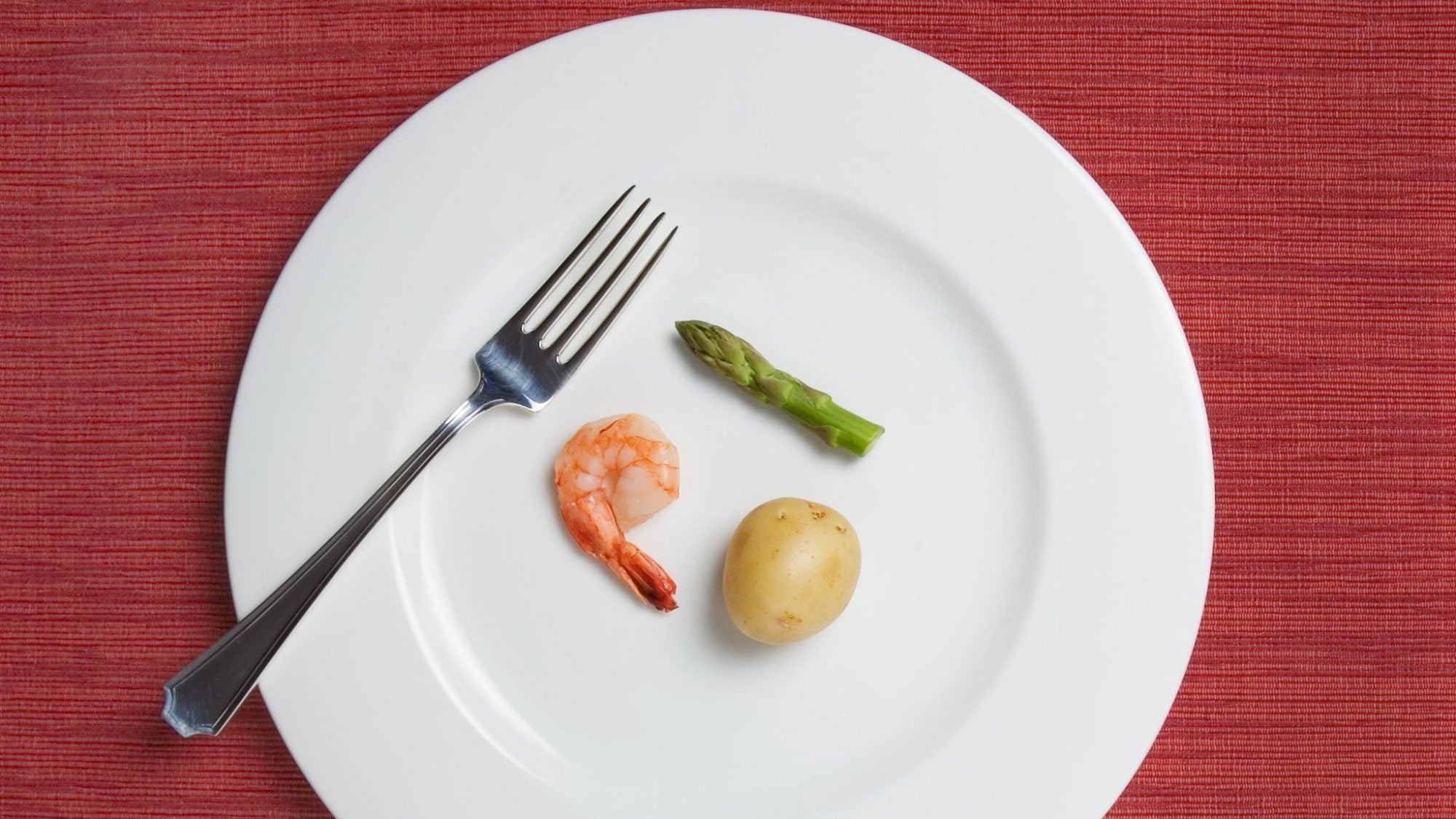Achieve and Maintain Real Keto Diet Results

In order to lose weight and maintain a healthy weight, general consensus advises consuming fewer calories. Many do so by reducing portion size. However, simply choosing “low-fat” food options with reduced calories is not an efficient way to lose weight, or an effective way to maintain a healthy weight.
Countless diets are based on the reduction of caloric intake to stimulate weight loss. Over 60% of women and 40% of men attempt to diet each year in hopes of losing weight. Many admit that their diet plan consists of decreasing fatty or sugary foods or simply eating smaller portions.
Always start with eating the right foods, and then asses portion control. Download our Master Keto Food List with 100+ keto foods mapped out for you!This constant dieting obviously isn’t working! It results in a short-term weight loss followed by a quick weight gain when the diet ends. This is commonly referred to as “yo-yo” dieting because this cycle repeats itself and usually results in a greater body weight than before the initial diet. Rather than the weight decreasing and remaining lowered, most dieters witness a swift increase in weight as soon as their diet ends. A lifestyle change, rather than yo-yo dieting, is what people truly need in order to recognize health benefits that accompany a maintained lower weight.
Although cutting calories can lead to weight loss, it fails to produce permanent health benefits if the dieter returns to their original consumption levels. The fundamental problem with simply cutting calories is that the human body fights to maintain the status quo. Evolution produced human bodies to anticipate future famine, so as caloric intake decreases for a short period, there are strong physiological pressures to replace the energy previously derived from those calories.
For example, dieting causes the release of hormones that increase appetite. This release is still present and apparent after the diet ends. Leptin, the hormone that gives the full and satisfied feeling, is decreased for over a year after a diet concludes. Inversely, ghrelin, the hormone that stimulates appetite, remains increased. Increased appetite with a deficient sensor to identify when the body is full inevitably leads to greater consumption of food.
If you’ve ever suffered from the yo-yo dieting conundrum, consider choosing a “diet” that is a lifestyle change rather than a short-term solution. Instead of choosing a diet that is based on reducing caloric intake, consider adopting a lifestyle like Keto. A Keto lifestyle isn’t just about losing 10 or 20 pounds and then returning to your previous eating habits. Instead, Keto focuses on the nature of the calories consumed. A common Keto breakdown would be 75% fats, 20% proteins, and 5% carbohydrates. While there are challenges, such as The Keto 30 Challenge, that will kick-start your Keto lifestyle, these challenges are meant to be used as a sneak preview of a Keto lifestyle rather than another diet fad. Yes, you’ll be thrilled with your weight loss, but maintaining a Keto lifestyle will help you keep the pounds off this time!
So if you are tired of losing 5 pounds on a fad diet just to gain 10 pounds within a few weeks of completing the diet, consider a Keto lifestyle. If you are more interested in losing that weight, keeping it off, and enjoying yourself while doing it, visit KetoLogic.com so you can learn more about the Keto lifestyle!
-
Posted in
Authority Article, Nutrition, Nutrition Article, Training




